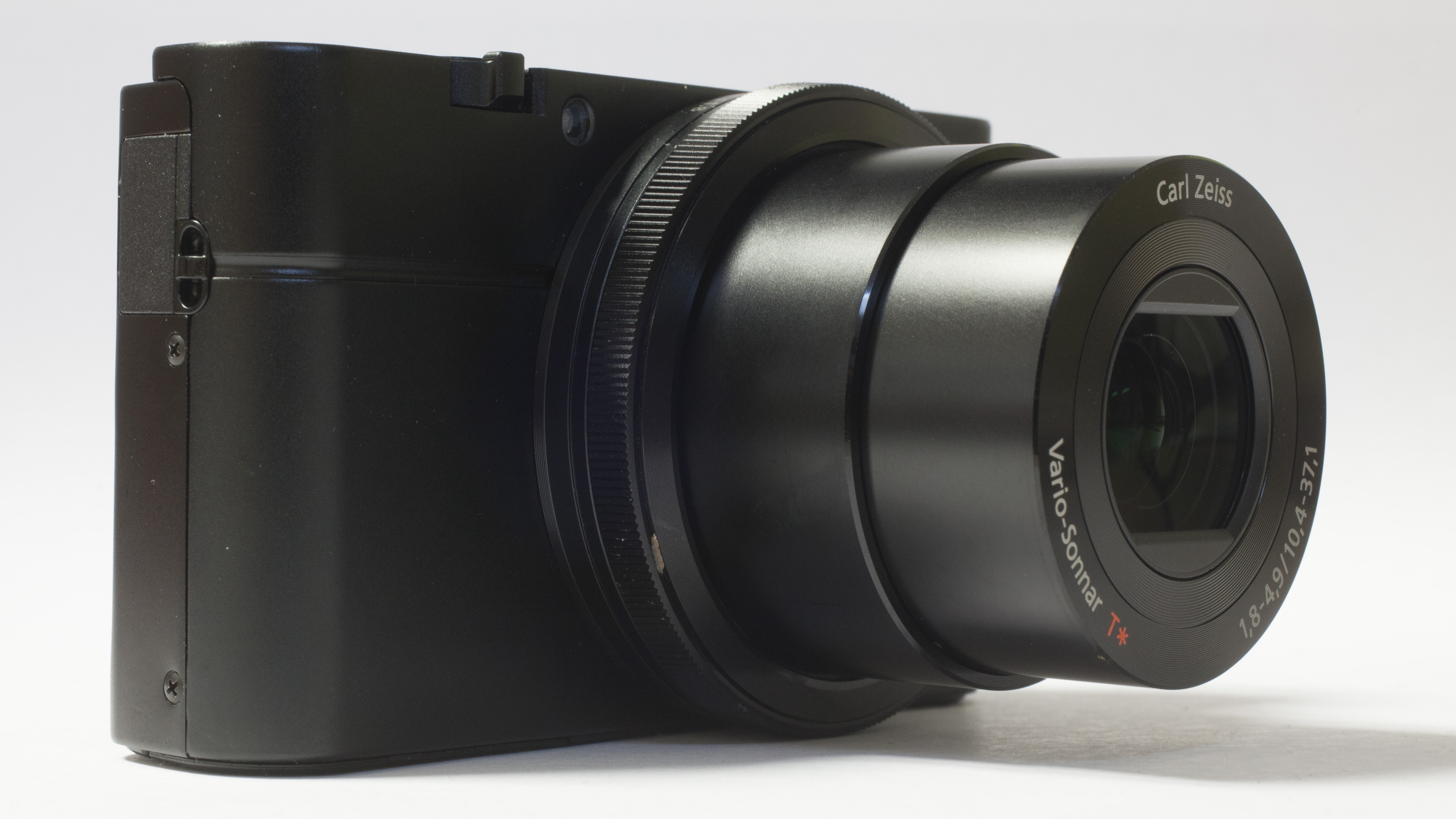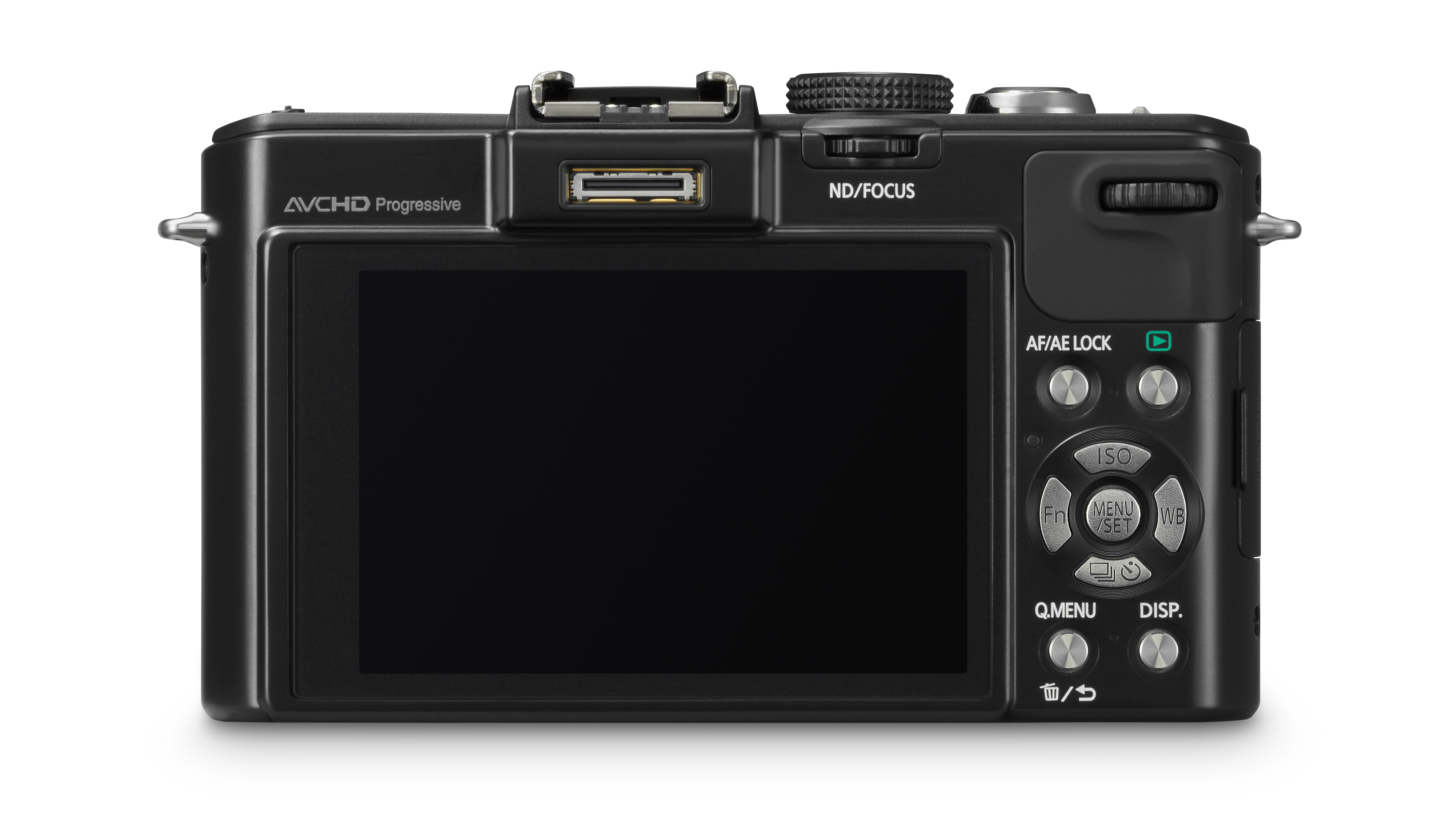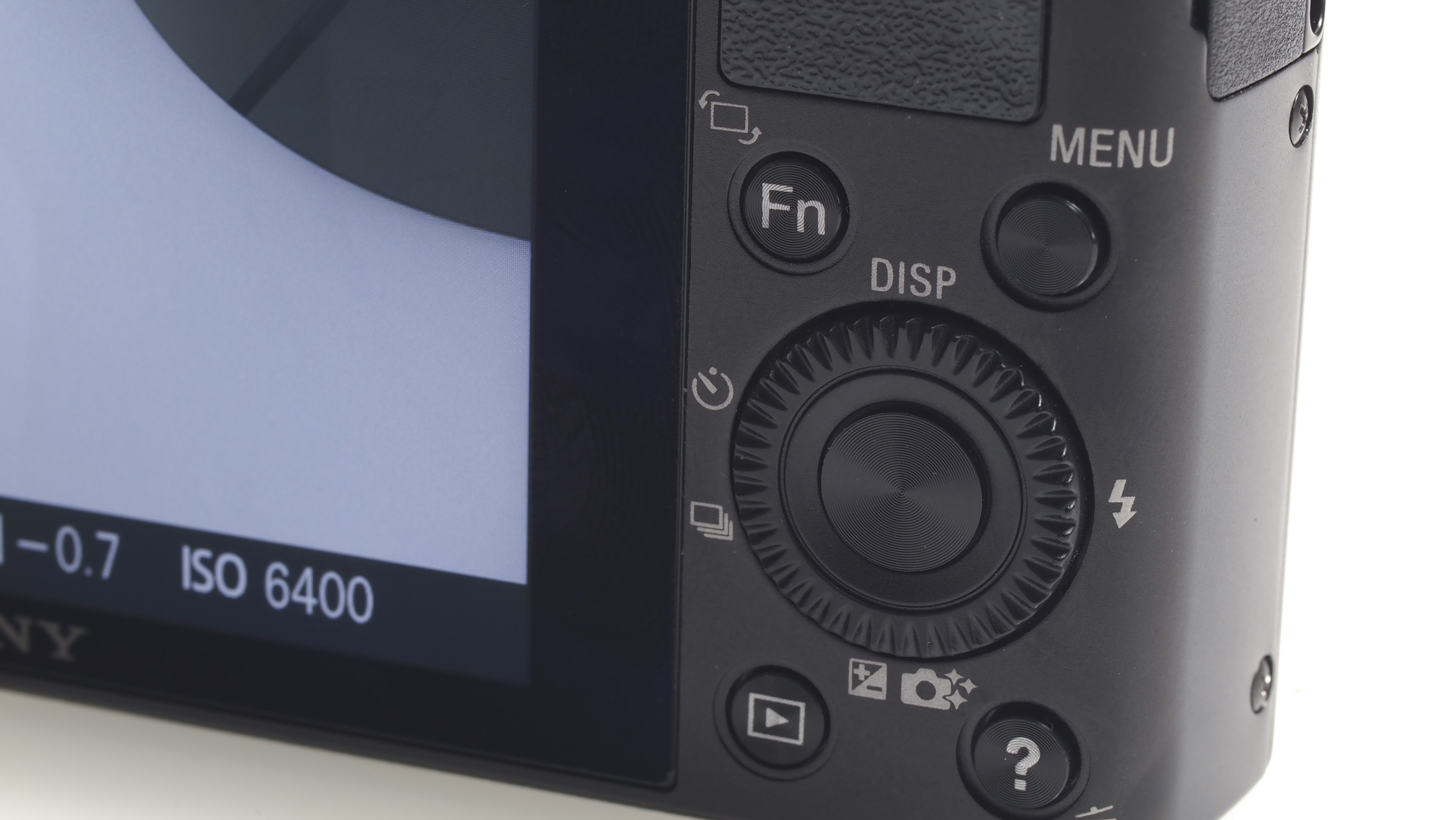Panasonic LX7 vs Sony RX100
Two premium compact cameras battle it out

The Panasonic LX7 and Sony RX100 are the latest cameras to sit at the very top of Sony and Panasonic's compact lineup.
Panasonic very much views the Sony RX100 as the premium compact camera its LX7 needs to beat, but how do the two match up?
As more competition comes from smartphones, the high-end compact camera market is one of the most interesting arenas at the moment.
Here, we take a look at how these two compact cameras stack up.
Panasonic LX7 vs Sony RX100: sensor size
One of the biggest issues of contention with these two cameras surrounds the physical size of the sensor. Many expected that Panasonic would match the Sony RX100's 1-inch type. Instead, it stuck with the 1/1.7-inch CMOS sensor found in the Panasonic LX5.

In terms of megapixel count, the Sony RX100 offers double the LX7's 10.1 million pixels, with a huge 20.2 packed onto its CMOS device.
Panasonic LX7 vs Sony RX100: lens
It is the lens that Panasonic says helps the LX7 stand apart from the RX100. While the Sony camera offers a 28-100mm (3.6x optical zoom) lens, it can only offer f/4.9 at the telephoto end of the optic.
Sign up for breaking news, reviews, opinion, top tech deals, and more.
While at the widest point it is almost equal to the LX7 (f/1.8 vs f/1.4), at the telephoto end, the LX7 can maintain f/2.3, which should make for better performance in low light.
The LX7 is also a wider angle, at 24-90mm equivalent (3.8x optical zoom).
Panasonic LX7 vs Sony RX100: processor
Both the LX7 and the RX100 contain the latest processing engines available to their respective companies. The Panasonic houses a Venus Engine, while the Sony includes a Bionz processor – the same device found in its flagship Sony Alpha A77 DSLT camera.

Panasonic and Sony both claim that the latest processing engines help deliver fantastic noise performance at high sensitivities and enable both the cameras to deliver Full HD video recording.
Panasonic LX7 vs Sony RX100: sensitivity
Both the cameras have a fairly impressive sensitivity run. However, the Panasonic LX7 is able to shoot at IS0 80, compared with the lowest setting of ISO 100 from the Sony RX100.
On the other hand, the Sony is able to expand its shooting capabilities up to ISO 25,600. The LX7, meanwhile, can only reach ISO 12,800. It's likely that the larger sensor of the RX100 helps it deliver lower noise performance at high sensitivities, though it's worth pointing out that the Panasonic, with its wider apertures, may not need the extra sensitivity.
Panasonic LX7 vs Sony RX100: screen
In terms of screen size, the LX7 and the RX100 are tied, both featuring a fixed 3-inch non-touchscreen display.

However, the Sony edges the Panasonic in terms of resolution, featuring 1,228,000 pixels compared with the 920,000 on the LX7. The RX100 also features "White Magic" technology, which is designed to provide more accurate colour representation.
Panasonic LX7 vs Sony RX100: creative modes
Although completely unimportant to some, as the Instagram effect takes hold, more photographers are looking for new and interesting ways to make their images stand out.
The Panasonic LX7 has increased the number of filters available from the LX5, now featuring 16, with many of those customisable, depending on preference – for instance, Cross Process can be changed to emphasise green, blue, red or yellow tones.
Meanwhile, the Sony RX100 includes 13 filters, again with customisation on several of those, including Toy Camera, which has four variations.
Although there's a similar number of overall filters, it's worth pointing out that on the LX7, digital filters can be deployed when shooting in raw format and they can be removed in post production if desired. The RX100's filters, on the other hand, can only be deployed when shooting in JPEG format.
Panasonic LX7 vs Sony RX100: battery life
Battery life is another aspect where the two compact cameras are tied, both claiming to deliver 330 shots from a full battery charge.

Panasonic LX7 vs Sony RX100: weight and dimensions
Despite the fact that it's packing a larger sensor than the LX7, the RX100 still manages to be smaller, weighing just 213g compared with the LX7's 298g.
In terms of sizing, there's not too much in it, the RX100 measuring up at 102 x 59 x 36mm, vs the LX7's 111 x 68 x 46mm. Either way, it's fair to say that both happily fit into a pocket.
Panasonic LX7 vs Sony RX100: price
The Panasonic beats the Sony here, being a considerable amount cheaper. At £550/$650, the RX100 is around £100/$150 more expensive than the LX7, raising it out of the budgets of many.
Panasonic LX7 vs Sony RX100: conclusion
Picking a "winner" from these two compact cameras is pretty tricky, because both offer an almost equal list of pros and cons.

Though many will immediately latch on to the sensor size as an indication of quality, it's important to consider other factors, such as the lens quality, when making a decision.
In the end, it may come down to budgetary constraints or which camera you prefer the look and feel of. It's also worth considering that the Sony RX100 contains no options for adding accessories, such as an EVF or external flash, whereas the Panasonic LX7 does.

Amy has been writing about cameras, photography and associated tech since 2009. Amy was once part of the photography testing team for Future Publishing working across TechRadar, Digital Camera, PhotoPlus, N Photo and Photography Week. For her photography, she has won awards and has been exhibited. She often partakes in unusual projects - including one intense year where she used a different camera every single day. Amy is currently the Features Editor at Amateur Photographer magazine, and in her increasingly little spare time works across a number of high-profile publications including Wired, Stuff, Digital Camera World, Expert Reviews, and just a little off-tangent, PetsRadar.